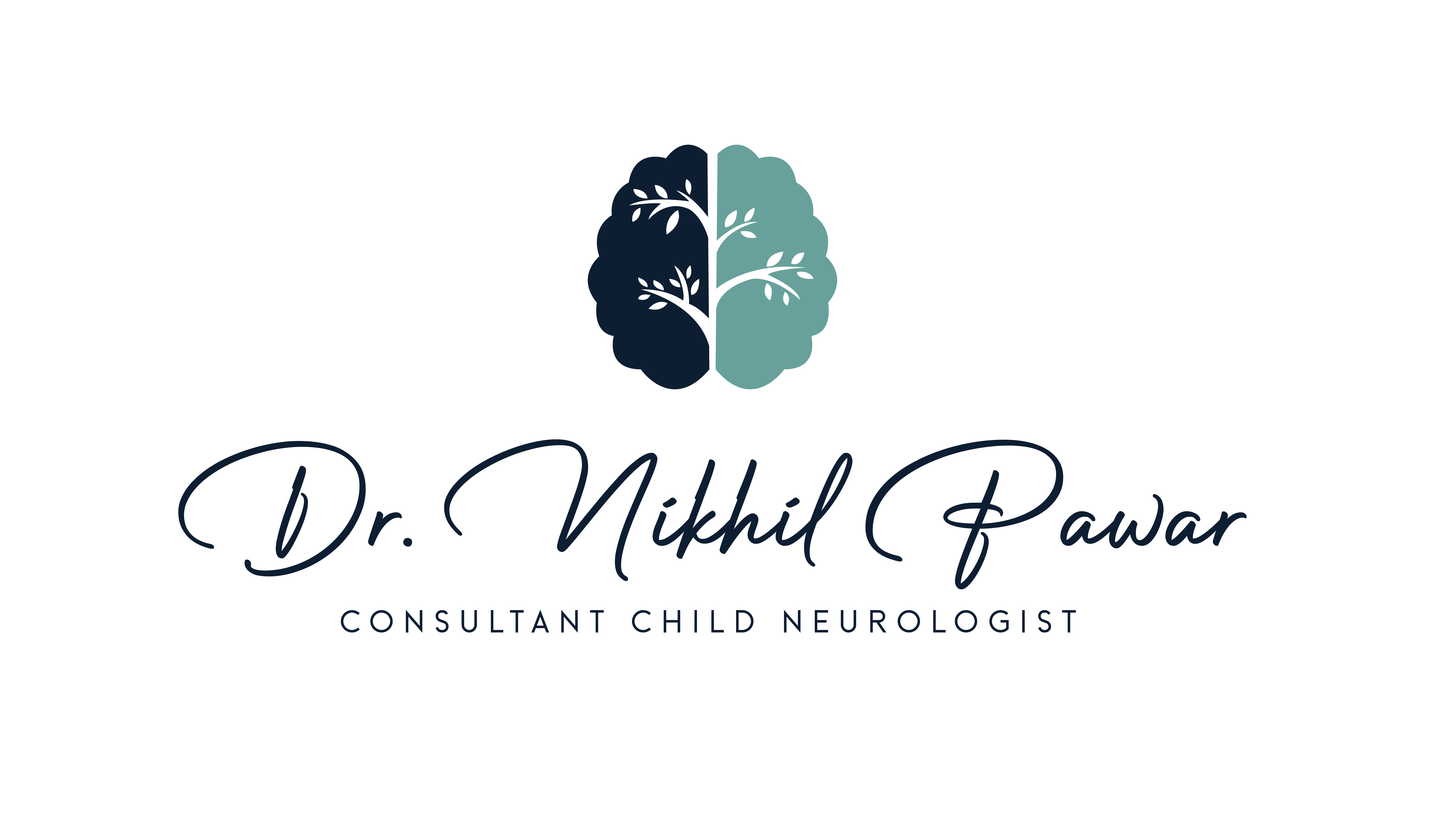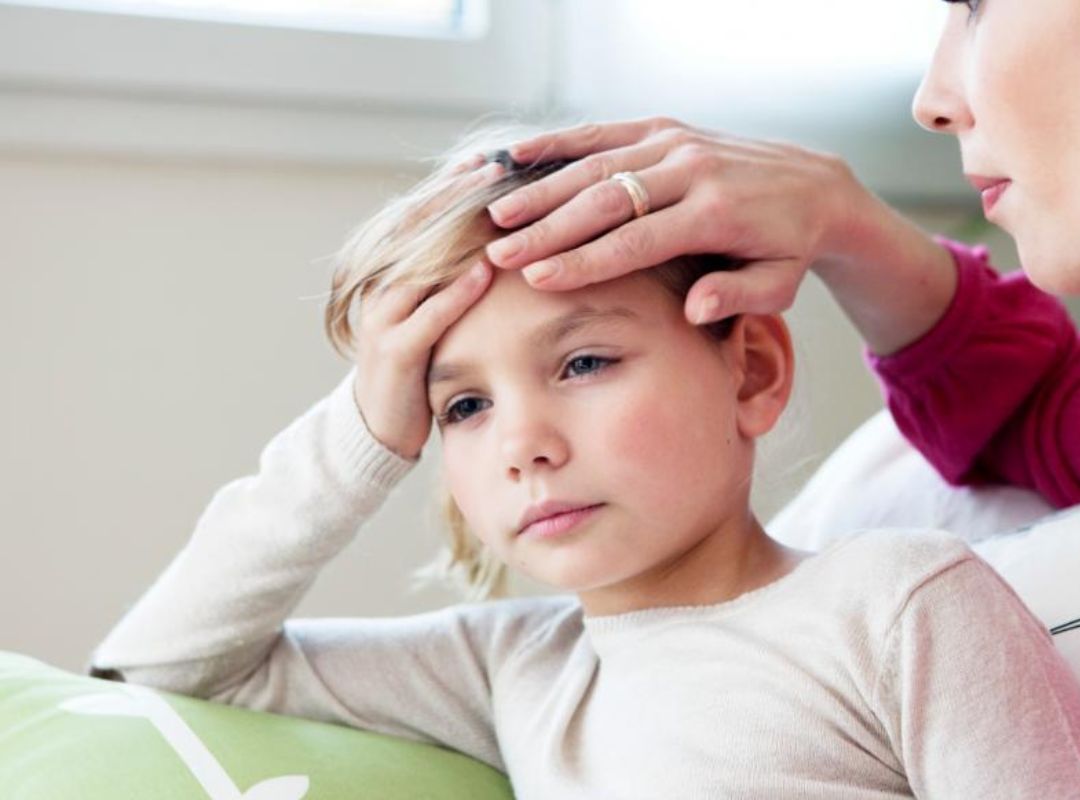Introduction
As parents, noticing unusual behaviour in your child can be both worrying and confusing. A brief staring spell, a sudden jerk, or moments of unresponsiveness may seem minor at first. However, these could be early warning signs of childhood epilepsy—a neurological condition that affects children across the world.
Epilepsy doesn’t always look like the dramatic seizures shown on TV. Often, the signs can be subtle and easily mistaken for clumsiness, a lack of attention, or even sleep disturbances. Recognizing epilepsy in kids early on can make a significant difference in their care and development. This guide will walk you through the key seizure signs in children, what causes them, and how you can seek timely support..
What is Childhood Epilepsy?
Childhood epilepsy is a condition where a child experiences recurrent seizures due to abnormal electrical activity in the brain. Not all seizures look the same—some may involve full-body convulsions, while others may be as simple as a few seconds of “zoning out.”
Seizures in children can range from mild to severe and may be triggered by various factors, such as fever, stress, or even flashing lights. However, some seizures occur with no obvious trigger.
Common Early Warning Signs of Childhood Epilepsy
Here’s what to look for when identifying possible seizure activity in children:
1. Absence Seizures (Petit Mal)
- Your child may suddenly stop what they’re doing and stare blankly into space.
- They may not respond to their name or any external prompts during these spells.
- These episodes typically last for a few seconds and can be mistaken for daydreaming.
2. Generalised Tonic-Clonic Seizures
- These seizures involve sudden stiffening of the body, followed by jerking movements.
- The child may lose consciousness and could experience tongue biting or incontinence.
- These seizures are dramatic and require immediate medical attention.
3. Myoclonic Jerks
- These are quick, involuntary muscle twitches or jerks, often occurring in the arms or legs.
- They can happen when the child is waking up or during sleep.
- While they may appear minor, frequent myoclonic jerks can be an early indicator of epilepsy.
4. Focal Seizures
- Focal seizures begin in one specific part of the brain and may cause unusual movements or sensations.
- The child may display lip-smacking, hand movements, or repetitive blinking.
- In some cases, they might seem confused or disoriented after the episode.
5. Unusual Behaviour Patterns
- Repetitive behaviours such as picking at clothes, rubbing hands, or chewing with no clear reason.
- Sudden mood changes, followed by a period of fatigue or sleepiness.
Understanding Seizure Triggers
While some children experience seizures without any identifiable triggers, others may have specific factors that contribute to their occurrence:
- Fever or illness: A common cause of seizures in young children, particularly febrile seizures.
- Sleep deprivation: Lack of sleep can increase the likelihood of seizures.
- Bright or flickering lights: In some children, flashing lights can trigger seizures (photosensitive epilepsy).
- Stress and anxiety: High levels of emotional stress can act as a trigger.
Knowing your child’s potential triggers can help you manage their condition more effectively and avoid known risks.
When to Seek Medical Advice
It’s important to seek medical attention if your child:
- Has more than one seizure without a known cause (e.g., fever).
- Experiences any form of unusual staring or unresponsiveness that happens repeatedly.
- Shows signs of confusion or drowsiness after an episode.
- Experiences body stiffness, jerking, or fainting spells.
Early diagnosis can significantly improve treatment outcomes and help your child lead a more normal, active life.
Coping with an Epilepsy Diagnosis: A Parent’s Perspective
Discovering that your child has epilepsy can be overwhelming. However, many effective treatments and lifestyle adjustments can make a big difference. Here’s how you can support your child:
1. Create a Safety Plan
- Share information about your child’s condition with their teachers and caregivers.
- Ensure your home is a safe space by padding sharp edges and securing hazardous items.
2. Monitor Medications
- Consistent use of prescribed medication is key to controlling seizures.
- Keep a seizure diary to note any patterns, medication side effects, or missed doses.
3. Encourage a Healthy Routine
- Ensure your child gets enough sleep each night.
- Minimise screen time and avoid flashing images if your child is photosensitive.
- Regular physical activity can help improve overall well-being, but discuss safe options with your doctor.
FAQs About Childhood Epilepsy
Q: Are seizures always linked to epilepsy?
A: No. Some seizures may occur due to fever (febrile seizures), head injuries, or infections. An epilepsy diagnosis is made only when there are recurrent seizures without an immediate cause.
Q: Can children outgrow epilepsy?
A: Yes, some types of childhood epilepsy resolve as children grow older, particularly absence seizures. However, ongoing medical monitoring is essential.
Q: Is epilepsy hereditary?
A: In some cases, epilepsy has a genetic link. However, not all types of epilepsy are inherited.
Conclusion
If you notice any of these signs or feel concerned about your child’s behaviour, don’t hesitate to seek expert medical advice. Early diagnosis and intervention can significantly improve your child’s quality of life.
For professional guidance and compassionate care, you can contact Dr Nikhil Pawar, a specialist in paediatric epilepsy. To schedule an appointment, call +91 8208164155 or +91 2532578152, or send your queries to vidyavikashospital@gmail.com. Dr. Pawar and his team are here to support you at every step of your child’s journey.




